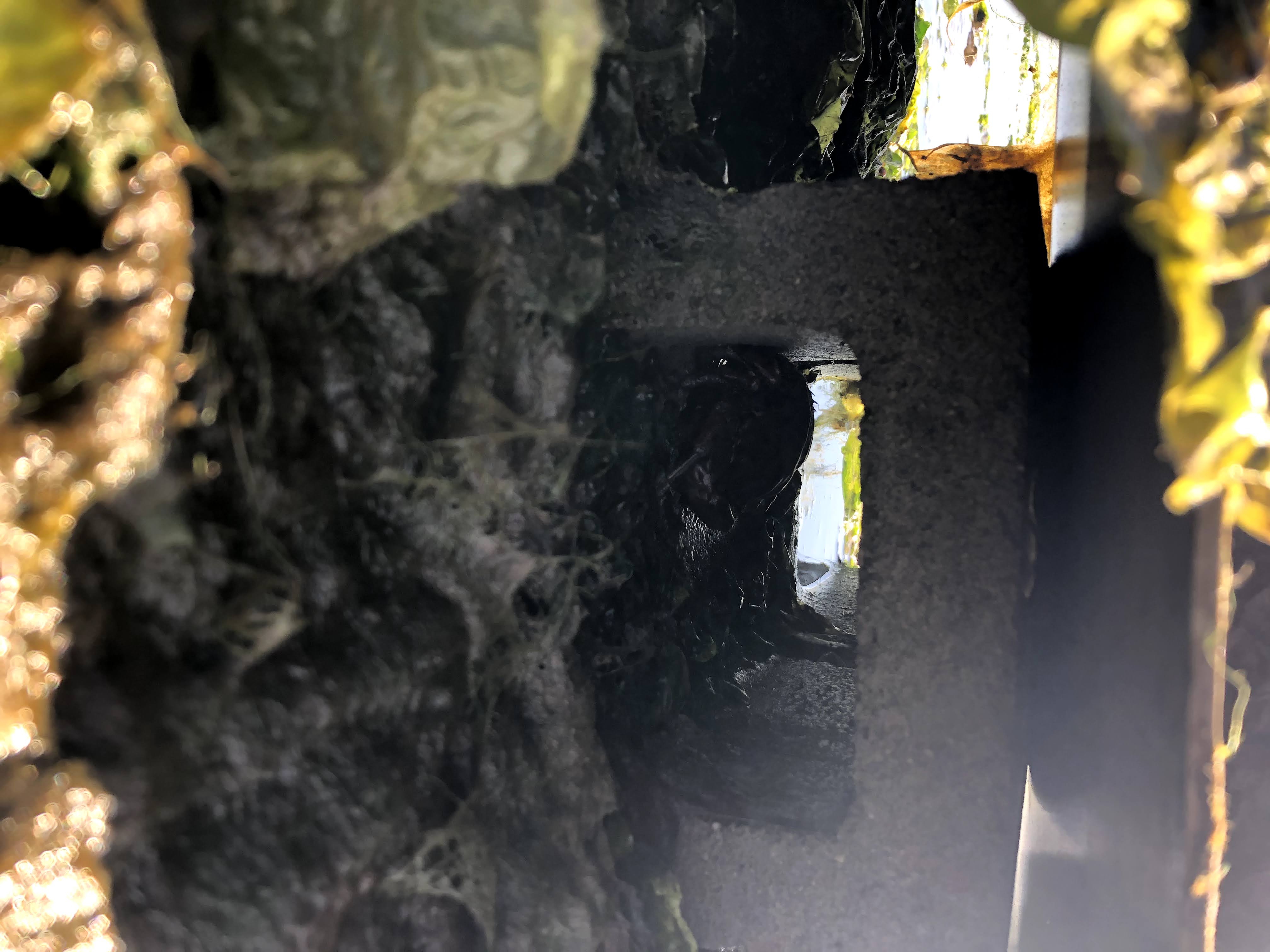The San Francisco Bay wasn’t always an expansive, open mud flat. It once had habitat with a rockier shoreline that supported native oysters. But scientists have discovered ways to restore the oysters’ habitat and the local food web.
“Olympia oysters are a critical foundation species, but they're losing ground in California estuaries,” says Ted Grosholz, an ecologist at the University of California, Davis who led the study. “So, we are undertaking restoration to try to keep these populations healthy and resilient.”
The Olympia oyster is the only native oyster in California and an iconic and foundational species for estuaries from Alaska to Baja California, Mexico. The two-year study was funded in 2018 as part of California Sea Grant’s core funded research and extended due to the COVID-19 pandemic.
With hydraulic mining along Californian rivers during the Gold Rush, sediment was flushed into rivers, ultimately settling in the San Francisco Bay and covering the rocky habitat that supported many species. With sediment burying the hard surfaces juvenile oysters needed to settle and grow, the native Olympia oysters — and the species that protected them — disappeared.
Alongside sedimentation, one of the biggest threats to native oysters is the nonnative Atlantic whelk, also called the oyster drill. The whelks predate on the oysters by drilling a hole in their shell and sucking them out. Whelks were introduced when nonnative oysters were brought from the East Coast and other regions in the Pacific. Although the nonnative oysters didn’t survive, the whelks did. Grosholz, together with project co-PI Chela Zabin and Junior Specialist Marcella Heineke, aims to understand the interaction between native oysters, invasive whelks and cancrid crabs.
Cancrid crabs are native crabs of the family Cancridae that prey on whelks, in turn, boosting oyster numbers. Grosholz calls the crabs a protective predator: preying on the whelk and protecting the oyster. As the saying goes, an enemy of an enemy is a friend.
“We hope that going forward, using structures that allow the inclusion of the protective predators will be the standard approach that oyster restoration takes,” says Grosholz.
By creating hard surfaces that attract crabs, scientists are building environments reminiscent of the historical substrates that supported these oysters. The team is experimenting with different types of hard substrate to find which one supports the most crabs, including PVC pipe of different diameters, sheet plastic and concrete blocks of different sizes.
Through experimentation, the scientists have shown the structures (concrete blocks in particular) increase the number of crabs, reducing the number of whelks and boosting the number of oysters. Since oysters are a foundational species — numerous other species depend on them for food — restoration efforts are improving the entire ecosystem.
“We’re restoring a whole suite of coastal species that support food webs, including commercial and endangered fishes, shorebirds and a lot of other species that native oysters support,” says Grosholz.

About California Sea Grant
NOAA’s California Sea Grant College Program funds marine research, education and outreach throughout California. Headquartered at Scripps Institution of Oceanography at the University of California San Diego, California Sea Grant is one of 34 Sea Grant programs in the National Oceanic and Atmospheric Administration (NOAA), U.S. Department of Commerce.